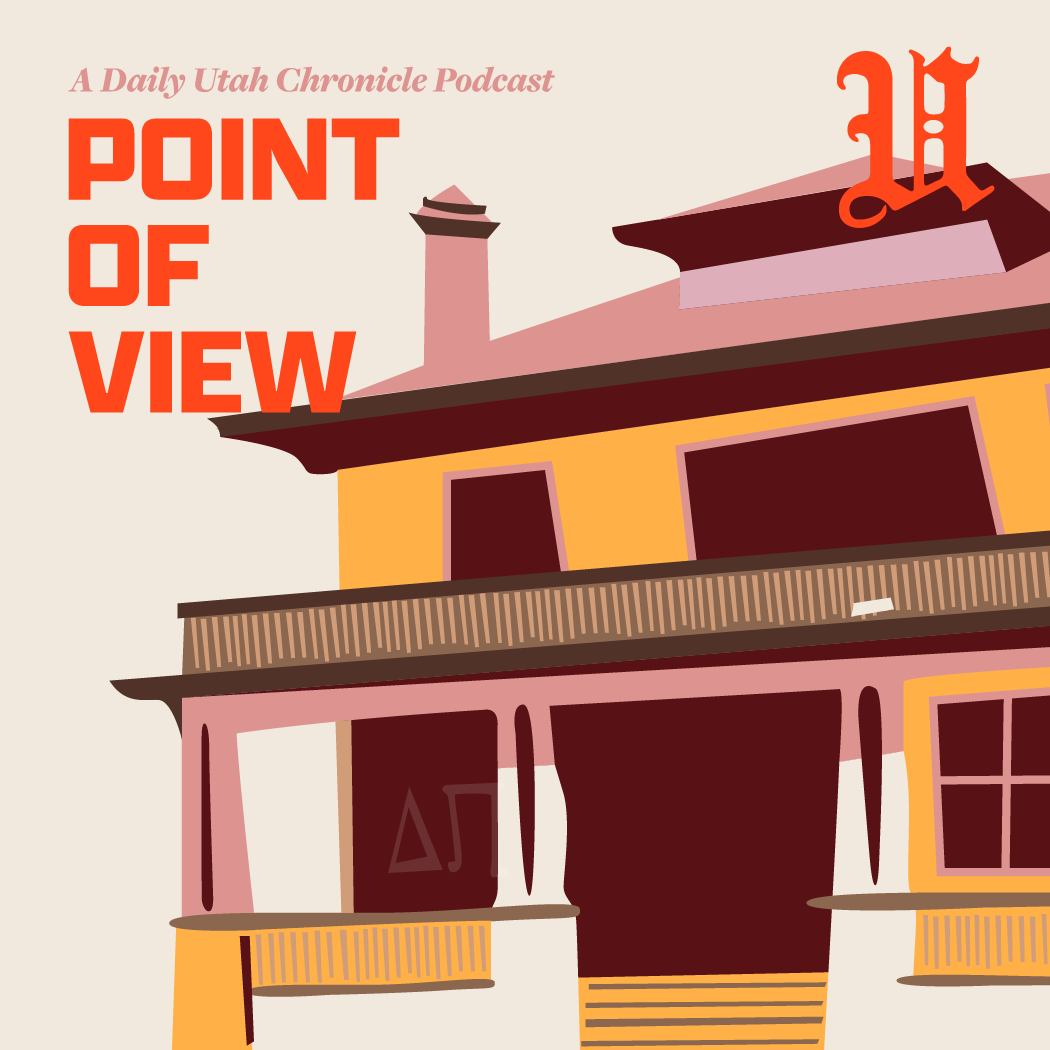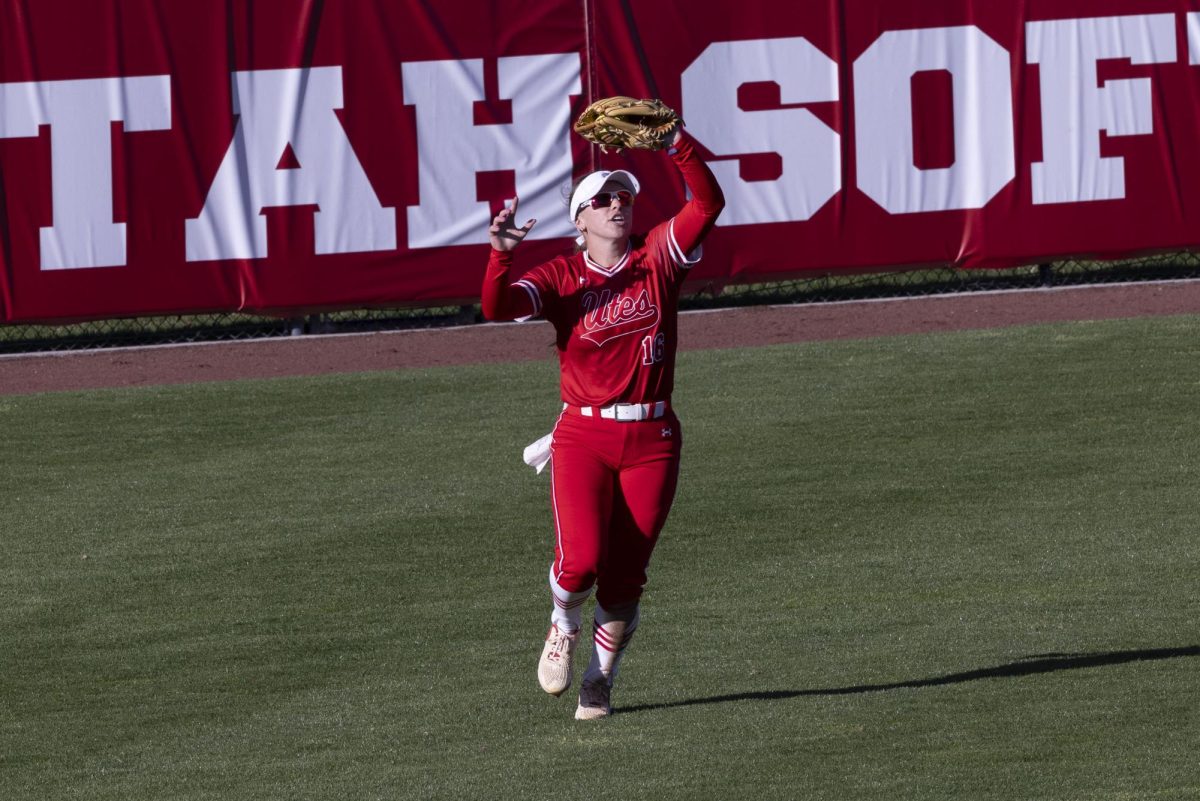Not all art is meant to be viewed, said Amy McNair, associate professor of Chinese Art at the University of Kansas. Huge Buddhist statues carved out of a mountain at Longmen, China, are designed to suggest they were created for good Karma and not as items of worship.
“The sculpture is more than the icon, for the icon only takes on life when it is realized,” McNair said. By leading the audience in the Museum of Fine Arts Dumke Auditorium through her research techniques, she allowed them to realize the story behind the art.
McNair, a guest speaker in the art and art history department’s lecture series, studied inscriptions and clues in the design of the sculptures to determine that palace eunuchs sponsored the carvings to create spiritual energy to convert the Taoist emperor to Buddhism.
During the seventh century, a Buddhist emperor and empress had a 17-meter statue of the Buddha Principle (Buddha of all the universe) carved out of the mountain. Next to the Buddha are two of his disciples and two bodhisattvas, or saints.
But the icons are backdropped by 48 smaller statues (only two meters tall) of the Amitabha Buddha carved after the originals were finished. The smaller icons interfere with the symmetry of the shrine, don’t complement the taller statues and seem to have damaged a few of the originals when carved.
McNair posed the question of who would alter an imperial shrine with additional carvings that didn’t fit. Analyzing the shrine as a text, and not just as a piece of art, yields the answer, she said.
The grandson of the shrine’s original sponsors preferred Taoism to Buddhism. One of his main servants, the head of the palace eunuchs, sponsored the 48 smaller buddhas to be carved so their spiritual power would be sent to the emperor and he could be saved in Amitabha’s paradise after dying.
The Taoist emperor forbade new shrines to Buddhism, so the eunuchs were forced to alter the existing shrine at Longmen, according to McNair.
Investigation of the design, research of the era’s politics and on-site archeology were symbiotically used to find the story behind the aesthetics.
“Buddhist icons can be read as a text, viewed as an art object and worshipped in the Buddhist sense,” she said.











